Haworth Press Ltd. (2006)
Chapter 2: Tibetan foods and medicines: antioxidants as mediators of high-altitude nutritional physiology.
Non-nutrient phytochemicals are increasingly recognized as mediators of human physiology, metabolism and health, and may play a role in evolutionary adaptation to diverse ecosystems. Dietary patterns of Tibetan Highlanders offer insight into functional and medicinal foods needed to counteract the pro-atherogenic characteristics of their high-fat and cholesterol, high-sodium, low- fruit and vegetable diet. Despite this, and an elevated hematocrit due to chronic exposure to hypoxia, Tibetans have a surprisingly low incidence of cardiovascular disease (CVD). In a study of Tibetan compound medicines prescribed for cardiovascular complications, we determined that a clear majority are food plants that possess powerful antioxidant activity, able to protect low-density lipoproteins (LDL) from peroxidation. The routine use of these may have arisen as an evolutionary strategy in order to thrive in chronic hypobaric hypoxic environments without suffering the ill-effects of a high fat diet.

